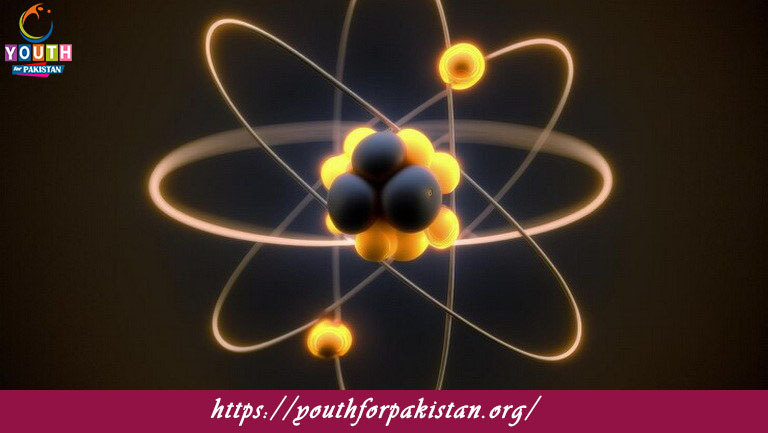Structure of Atom Quiz with Answers

Welcome to the Structure of Atom MCQs with Answers, it helps learners quickly identify areas for improvement in Structure of Atom Online Test.
| The structure of the atom is a fundamental concept in chemistry, essential for understanding the behavior of elements and compounds. Atoms consist of a nucleus, containing protons and neutrons, surrounded by electrons in various energy levels. Grasping this concept is crucial for students, and Structure of Atom MCQs with Answers provide an excellent way to reinforce learning.
Engaging with Atomic Structure Multiple Choice Questions helps students review and test their understanding of key concepts such as atomic number, mass number, electron configurations, and isotopes. The convenience to Practice Atomic Structure MCQs Online allows students to study flexibly, ensuring thorough preparation for exams. For those preparing for assessments, Structure of Atom Exam Questions and Answers cover a comprehensive range of topics, providing a solid foundation in atomic theory. MCQs on Atomic Models and Theories delve into historical and modern models, including Dalton’s atomic theory, Rutherford’s model, and the quantum mechanical model, offering detailed insights into the evolution of atomic theory. |
Structure of Atom Online Quiz
By presenting 3 options to choose from, Structure of Atom Quiz which cover a wide range of topics and levels of difficulty, making them adaptable to various learning objectives and preferences. You will have to read all the given answers of Structure of Atom Questions and Answers and click over the correct answer.
- Test Name: Structure of Atom MCQ Quiz Practice
- Type: Quiz Test
- Total Questions: 40
- Total Marks: 40
- Time: 40 minutes
Note: Answer of the questions will change randomly each time you start the test. Practice each quiz test at least 3 times if you want to secure High Marks. Once you are finished, click the View Results button. If any answer looks wrong to you in Quiz, simply click on question and comment below that question, so that we can update the answer in the quiz section.
Download Certificate of Structure of Atom Test
On the end of Quiz, you can download the certificate of the quiz if you got more than 70% marks.
Structure of Atom Flashcards

What is the term for the energy change that occurs when an electron is added to a neutral atom in the gaseous phase?

What is the term for the energy required to remove an electron from an atom or ion in the gaseous state?

What is the term for the energy required to remove the outermost electron from a neutral atom in its ground state?

What is the term for the energy change that occurs when an electron is added to a neutral atom in the gaseous phase?

What is the term for the size of an atom, usually defined as the distance from the nucleus to the outermost electron shell?

What is the term for the energy change that occurs when an electron is added to a neutral atom to form a negative ion?

What is the term for the average mass of an element's isotopes, taking into account their relative abundances?

What is the term for atoms or molecules with the same molecular formula but different structural arrangements?
If you are interested to enhance your knowledge regarding Physics, Computer, and Biology please click on the link of each category, you will be redirected to dedicated website for each category.




